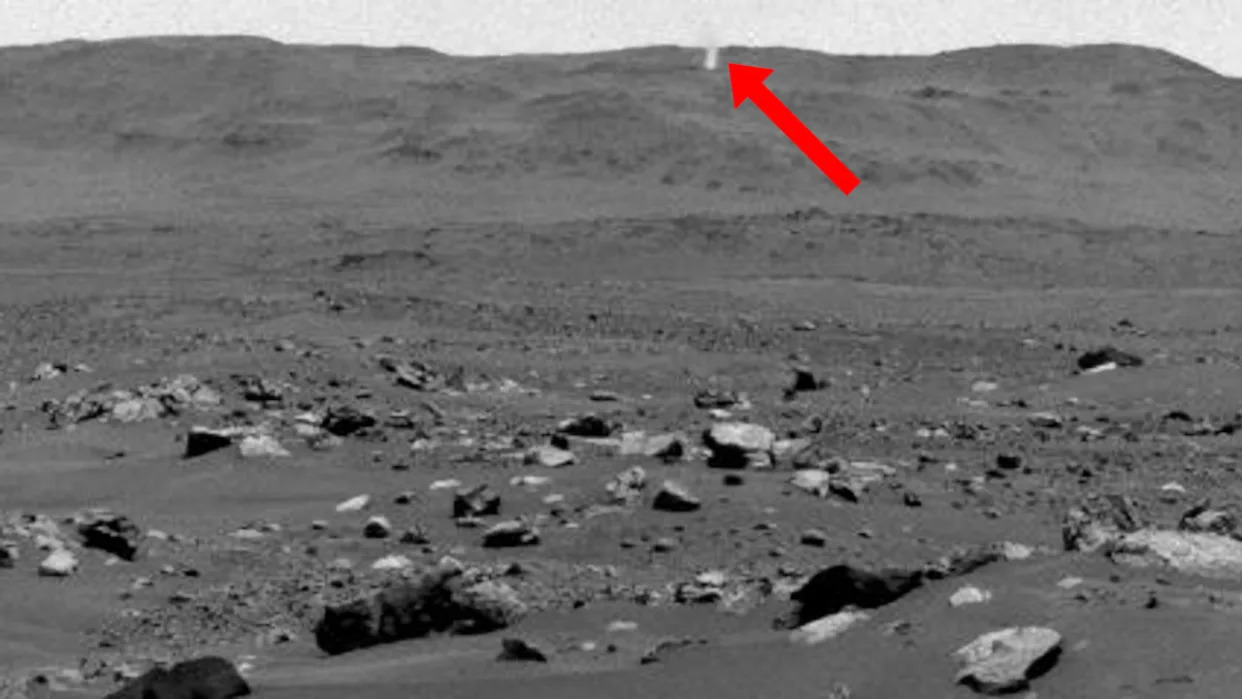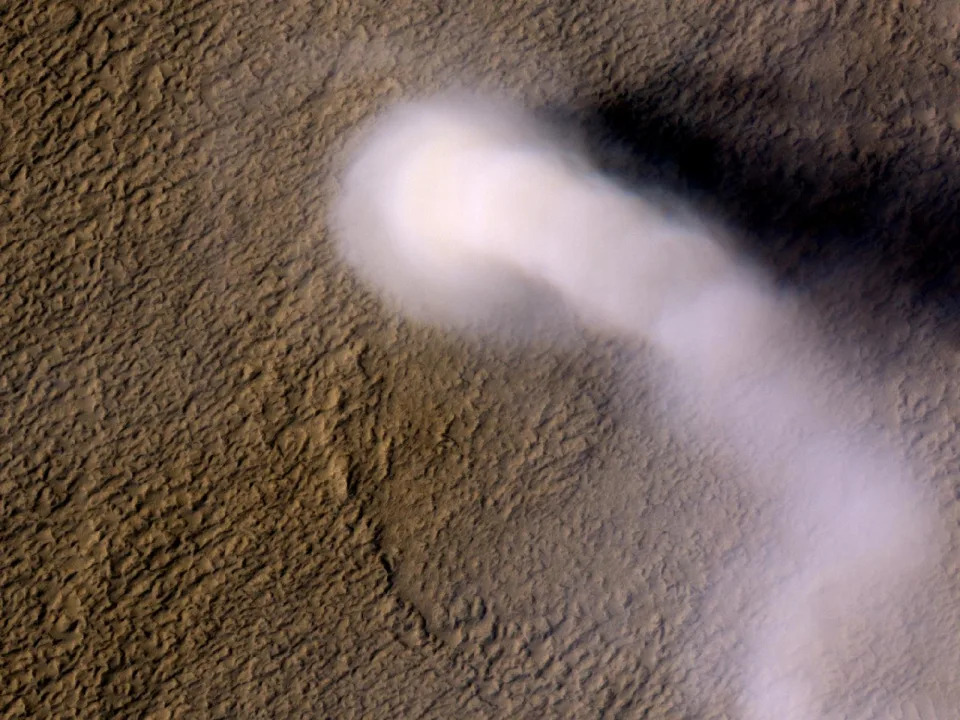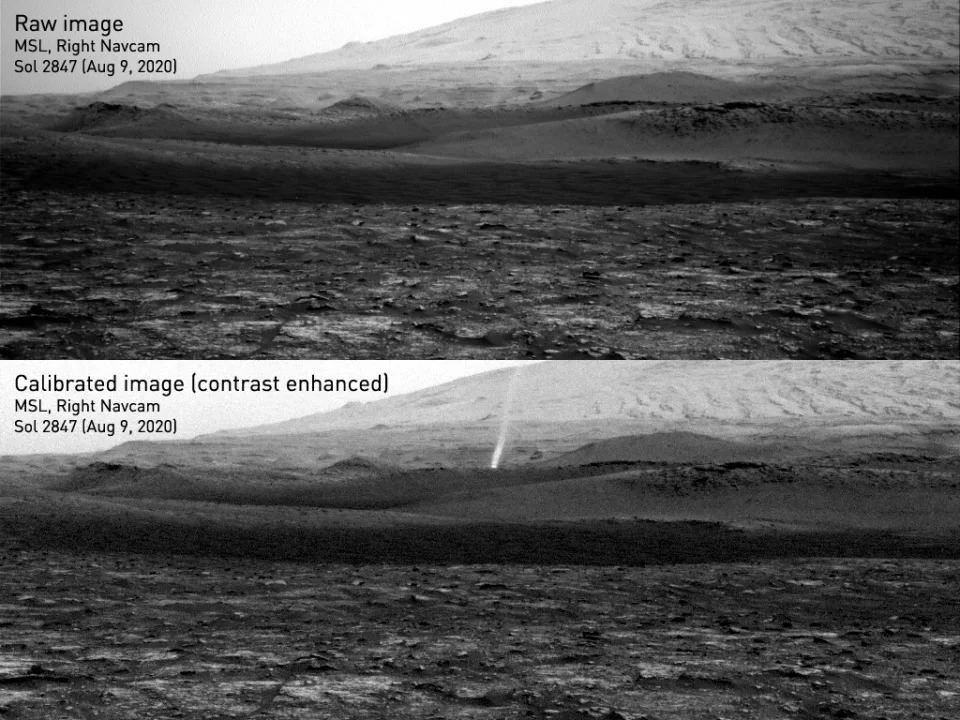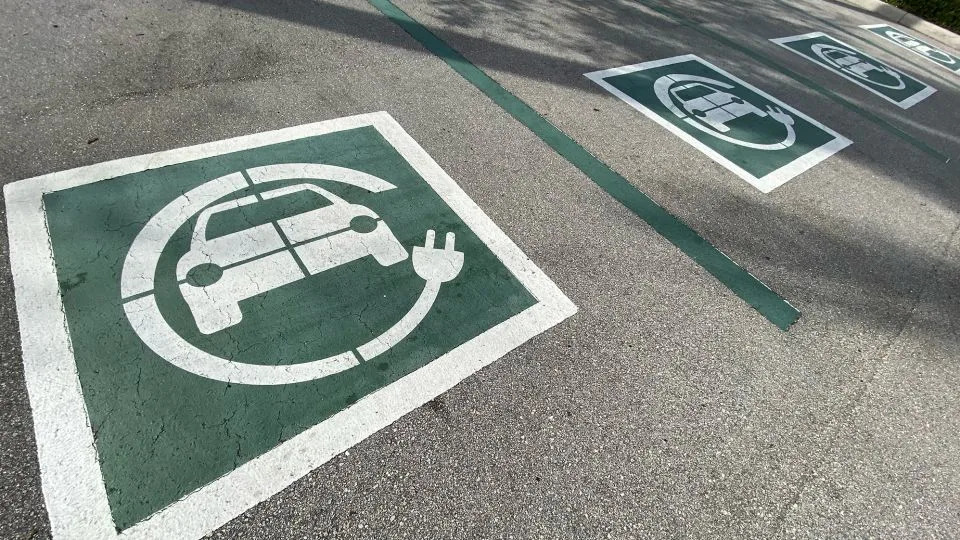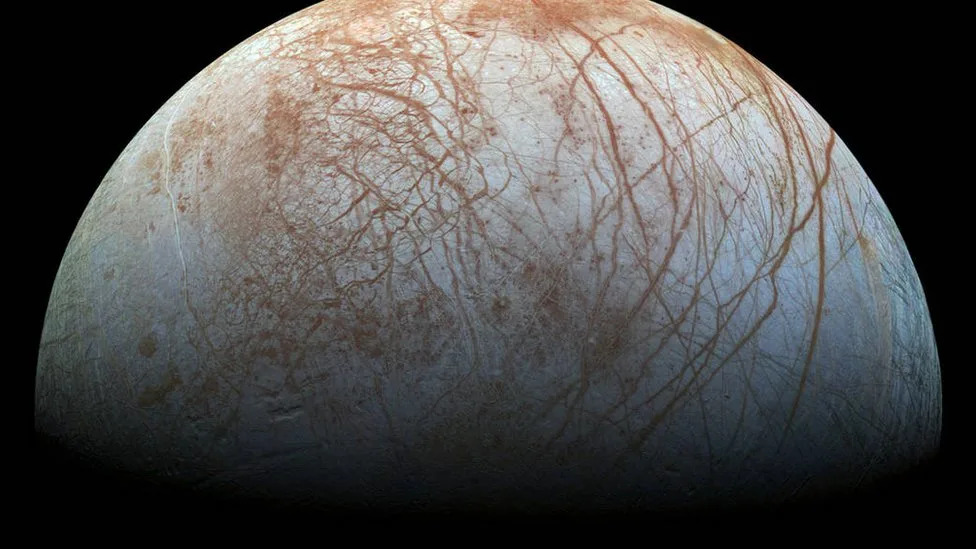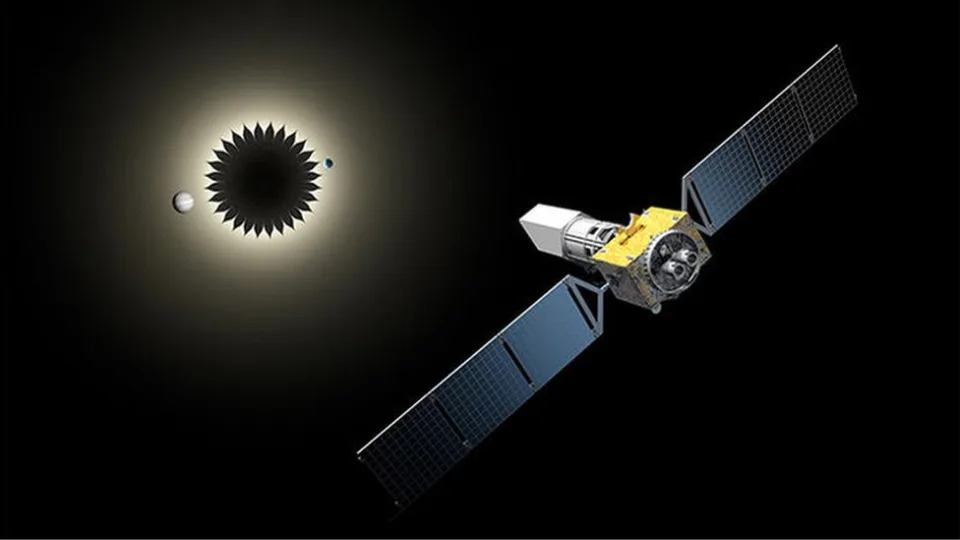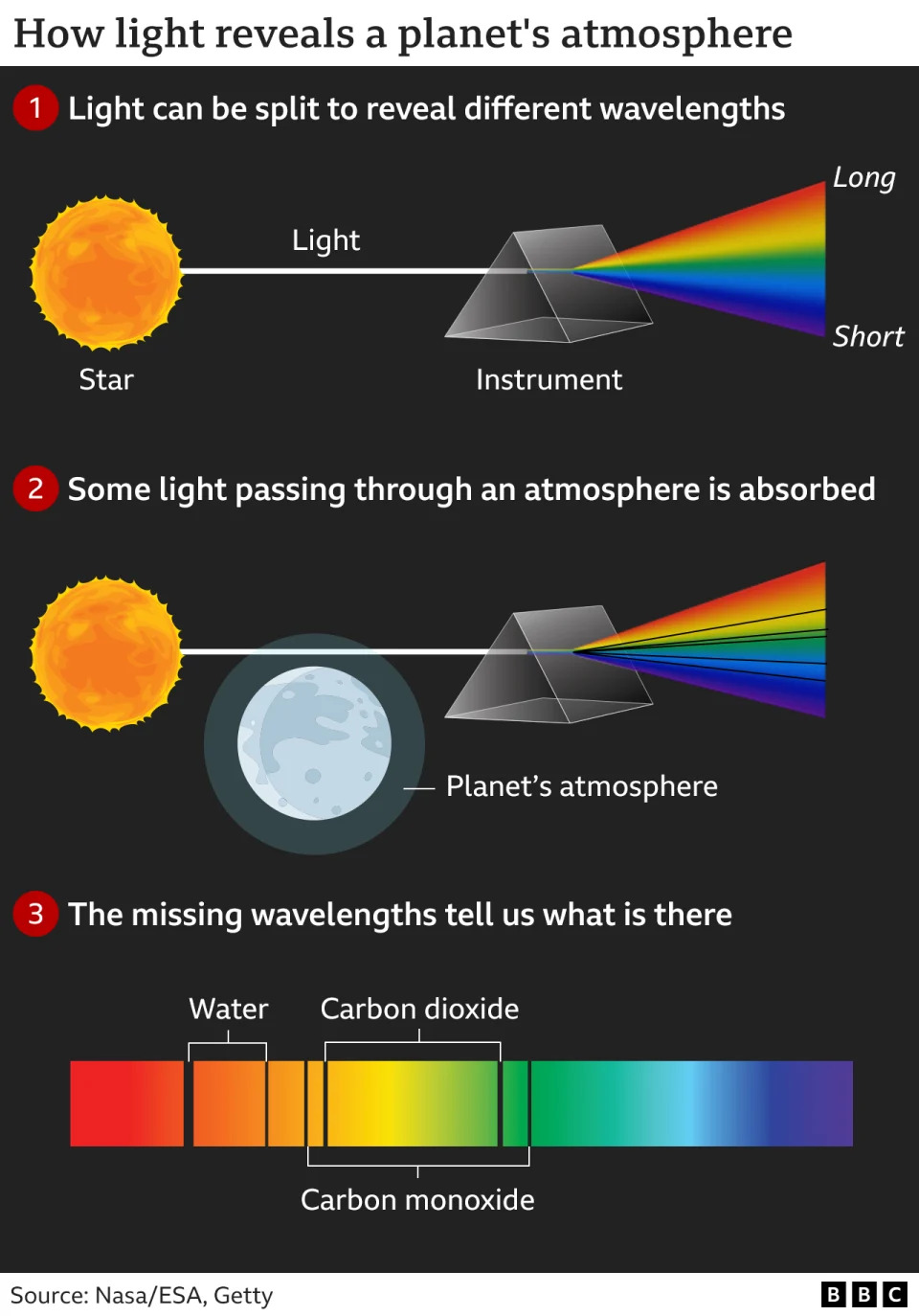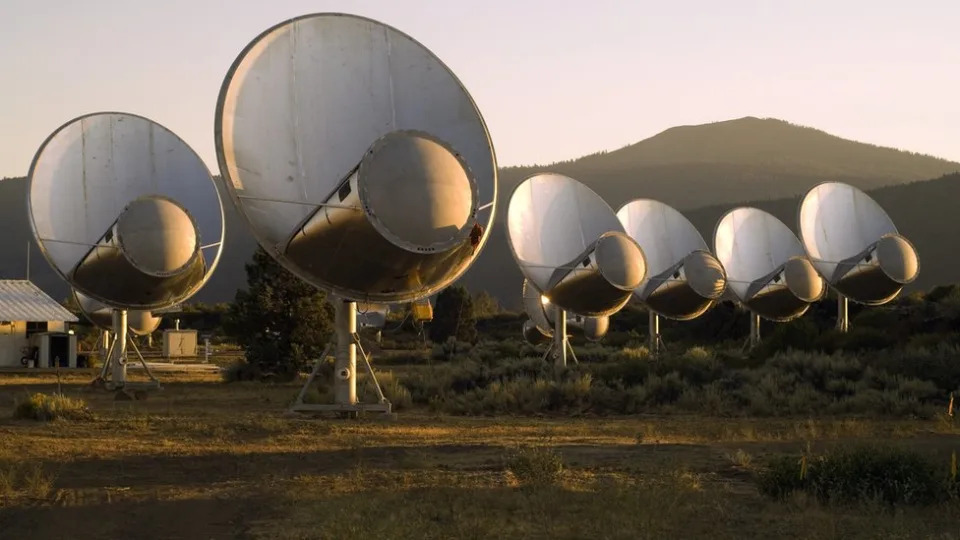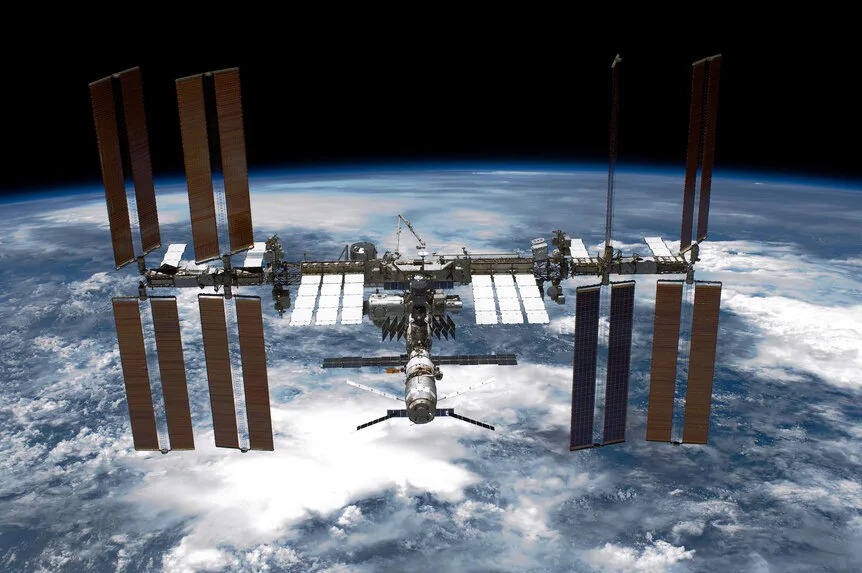Aria Alamalhodaei
Updated Fri, September 29, 2023
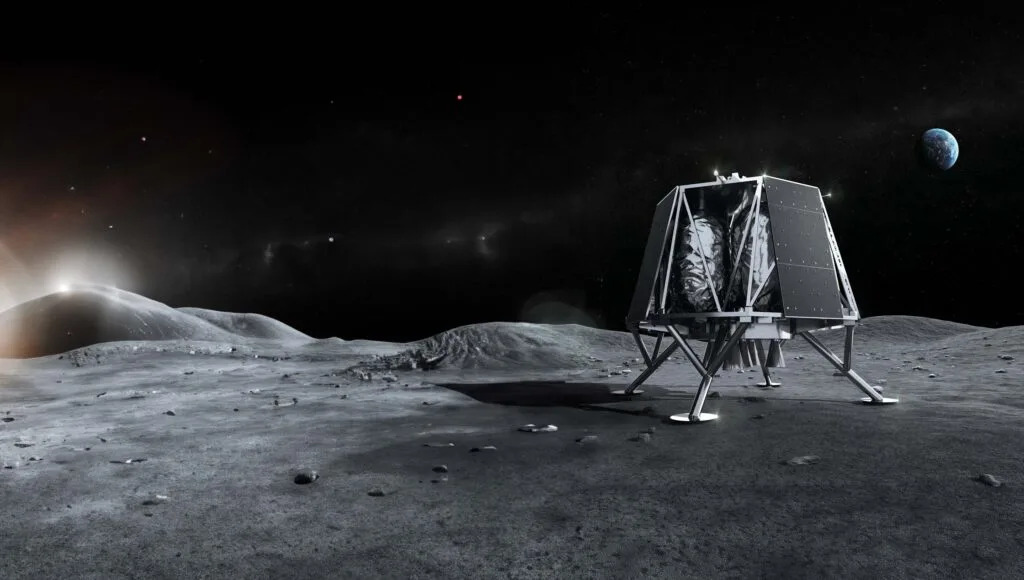
Image Credits: ispace (opens in a new window)
Japanese space company ispace has invested over $40 million in its new U.S. subsidiary to date, as it looks to take advantage of growing investment from NASA and the Pentagon in technologies for the moon.
The level of investment is a mark of ispace’s “strong commitment to the U.S. market,” CEO Takeshi Hakamada said in a statement.
“We expect this number to continue to grow as part of our strategic commitment to contribute to government missions and the creation of a cislunar ecosystem from the United States,” he added.
The U.S. subsidiary, called ispace technologies U.S., employs more than 80 people out of Denver, Colorado. Ronald J. Garan, former NASA astronaut and SVP of World View, was appointed CEO of the U.S. business back in June.
ispace also unveiled a new lander, called Apex 1.0, which will fly in place of a previous lander iteration, Series 2. Apex 1.0 is designed for short trajectory flights to the moon and will be capable of carrying up to 300 kilograms to the lunar surface. This is a 10x increase in capacity versus ispace’s first lander, Series 1.
Apex 1.0 will launch on ispace’s third mission, which will be conducted in partnership with Draper Laboratory to deliver payloads to the far side of the moon for NASA. Draper and ispace, along with General Atomics Electromagnetic Systems, and Systima Technologies, a division of Karman Space & Defense, were awarded the $73 million contract last summer. The mission date slipped from 2025 to 2026 in part due to transitioning from the Series 2 lander design to Apex 1.0, ispace said.
Team Draper, as the consortium is called, is one of several to have won contracts under NASA's Commercial Lunar Payload Services (CLPS) program. Firefly Aerospace, Intuitive Machines and Astrobotic have also won awards under that program, and are all vying to be the first to land a commercial lander on the moon.
“The updated schedule enables Team Draper and ispace – U.S. to accommodate sensitive payloads by harnessing Apex 1.0’s enhanced capabilities for Mission 3, which is targeting a technically challenging landing location on the far side of the Moon,” the company explained in a statement.
The new lander will have more than 10 times the capacity of ispace’s first lander, Series 1, which suffered a devastating impact into the lunar surface back in April.












